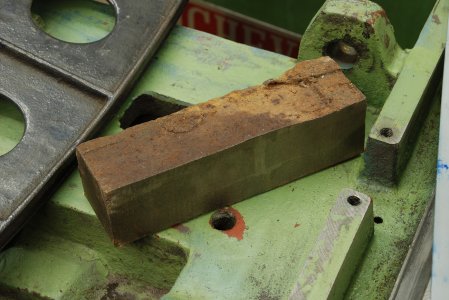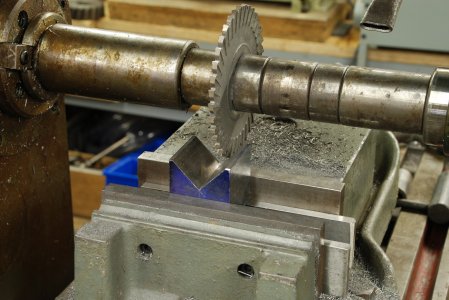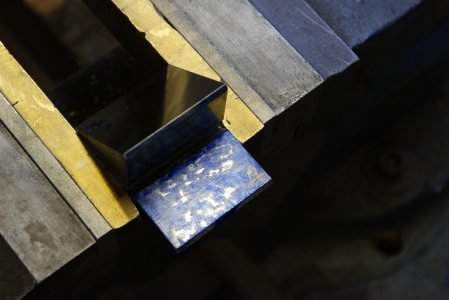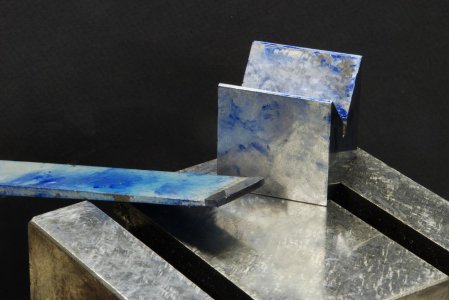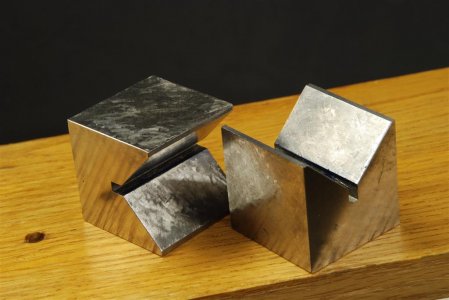slow-poke
Ultra Member
I have two sets of gage pins, these would be lower accuracy class based on what I paid but I'm not sure I would want to clamp any of them into a collet. I should probably purchase at least one known good gage pin just for measuring run-out.
On my mill the total run-out as measured with a test indicator and a random 5/8 endmill just below the collet was < 0.0002". That's plenty good enough for me, however it would be nice to know where the error is (spindle, arbor, or gage pin, or all of the above)? Seems like it would be good to have at least one gage pin with known runout that I know is not contributing to the error.
Does any of this make sense?
Quick google search shows Class Z is 0.0001" and class X is 0.00004", so either one of those sounds good, not sure if you can trust an aliexpress Class whatever to actually be a class whatever, anyone have any experience with this?
What should I expect to pay? Amazon Meyer "X" is $40, Vermont is $35 not sure if that's crazy high price or not?
On eBay Deltronic Class X is $5 + shipping
My BB surface plate is supposed to be good to 0.0001" so I suppose I could try rolling one around on the surface plate while measuring, but that seems tricky staying on the high spot, not sure I could trust the results.
On my mill the total run-out as measured with a test indicator and a random 5/8 endmill just below the collet was < 0.0002". That's plenty good enough for me, however it would be nice to know where the error is (spindle, arbor, or gage pin, or all of the above)? Seems like it would be good to have at least one gage pin with known runout that I know is not contributing to the error.
Does any of this make sense?
Quick google search shows Class Z is 0.0001" and class X is 0.00004", so either one of those sounds good, not sure if you can trust an aliexpress Class whatever to actually be a class whatever, anyone have any experience with this?
What should I expect to pay? Amazon Meyer "X" is $40, Vermont is $35 not sure if that's crazy high price or not?
On eBay Deltronic Class X is $5 + shipping
My BB surface plate is supposed to be good to 0.0001" so I suppose I could try rolling one around on the surface plate while measuring, but that seems tricky staying on the high spot, not sure I could trust the results.
Last edited:

